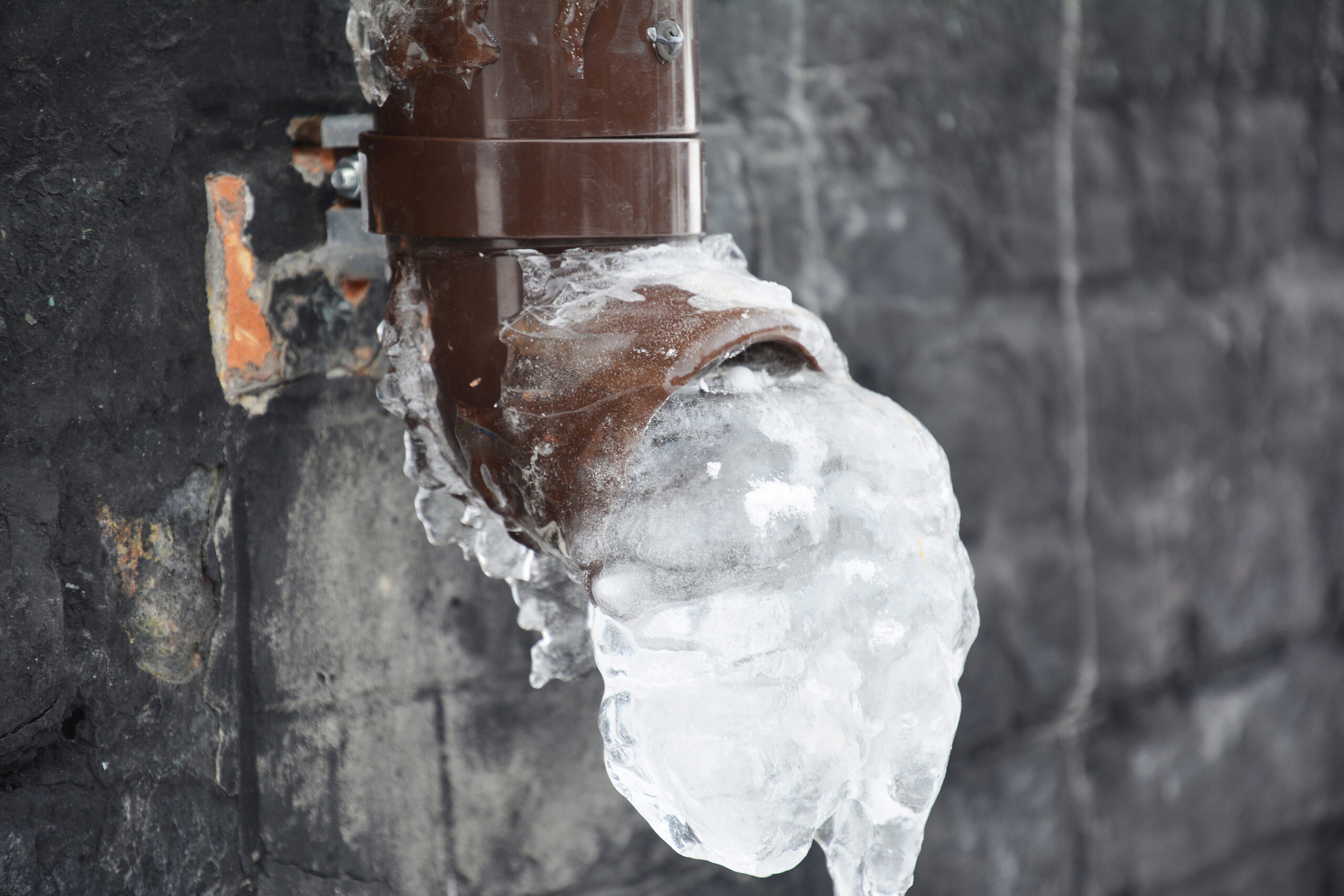Protecting Against Frozen Plumbing in Winter: Expert Strategies
Protecting Against Frozen Plumbing in Winter: Expert Strategies
Blog Article
Almost everyone maintains their own unique views involving How to Prevent Your Pipes From Freezing.

Cold weather can damage your plumbing, especially by freezing pipes. Below's just how to avoid it from taking place and what to do if it does.
Intro
As temperatures decrease, the risk of icy pipelines increases, potentially causing expensive repair work and water damage. Understanding just how to stop frozen pipes is crucial for homeowners in cool environments.
Understanding Icy Pipelines
What creates pipes to ice up?
Pipes freeze when subjected to temperature levels below 32 ° F (0 ° C) for extended durations. As water inside the pipes freezes, it increases, taxing the pipe wall surfaces and potentially causing them to burst.
Dangers and problems
Icy pipes can cause water supply interruptions, home damages, and pricey repair services. Ruptured pipes can flooding homes and create substantial architectural damages.
Signs of Frozen Pipes
Identifying icy pipelines early can stop them from bursting.
How to identify icy pipes
Seek reduced water circulation from faucets, uncommon smells or sounds from pipes, and visible frost on revealed pipes.
Prevention Tips
Shielding at risk pipes
Wrap pipelines in insulation sleeves or make use of heat tape to safeguard them from freezing temperature levels. Concentrate on pipelines in unheated or outside locations of the home.
Home heating methods
Maintain indoor spaces adequately heated up, specifically locations with plumbing. Open cupboard doors to permit cozy air to distribute around pipelines under sinks.
Securing Exterior Plumbing
Yard hose pipes and exterior taps
Separate and drain garden tubes prior to winter months. Install frost-proof faucets or cover outdoor faucets with shielded caps.
What to Do If Your Pipelines Freeze
Immediate activities to take
If you suspect frozen pipes, maintain taps open up to alleviate pressure as the ice thaws. Use a hairdryer or towels soaked in hot water to thaw pipes slowly.
Long-Term Solutions
Structural modifications
Think about rerouting pipelines far from outside walls or unheated locations. Add additional insulation to attic rooms, cellars, and crawl spaces.
Upgrading insulation
Purchase top quality insulation for pipelines, attics, and walls. Correct insulation assists keep consistent temperatures and minimizes the threat of frozen pipelines.
Final thought
Avoiding icy pipelines requires positive procedures and quick reactions. By recognizing the causes, signs, and preventive measures, house owners can secure their plumbing during winter.
5 Ways to Prevent Frozen Pipes
Drain Outdoor Faucets and Disconnect Hoses
First, close the shut-off valve that controls the flow of water in the pipe to your outdoor faucet. Then, head outside to disconnect and drain your hose and open the outdoor faucet to allow the water to completely drain out of the line. Turn off the faucet when done. Finally, head back to the shut-off valve and drain the remaining water inside the pipe into a bucket or container. Additionally, if you have a home irrigation system, you should consider hiring an expert to clear the system of water each year.
Insulate Pipes
One of the best and most cost-effective methods for preventing frozen water pipes is to wrap your pipes with insulation. This is especially important for areas in your home that aren’t exposed to heat, such as an attic. We suggest using foam sleeves, which can typically be found at your local hardware store.
Keep Heat Running at 65
Your pipes are located inside your walls, and the temperature there is much colder than the rest of the house. To prevent your pipes from freezing, The Insurance Information Institute suggests that you keep your home heated to at least 65 degrees, even when traveling. You may want to invest in smart devices that can keep an eye on the temperature in your home while you’re away.
Leave Water Dripping
Moving water — even a small trickle — can prevent ice from forming inside your pipes. When freezing temps are imminent, start a drip of water from all faucets that serve exposed pipes. Leaving a few faucets running will also help relieve pressure inside the pipes and help prevent a rupture if the water inside freezes.
Open Cupboard Doors
Warm your kitchen and bathroom pipes by opening cupboards and vanities. You should also leave your interior doors ajar to help warm air circulate evenly throughout your home.

As an enthusiastic reader on How to prepare your home plumbing for winter weather, I think sharing that post was important. Liked our piece of writing? Please quickly share it. Let another person find it. Thank-you for going through it.
Call Today Report this page